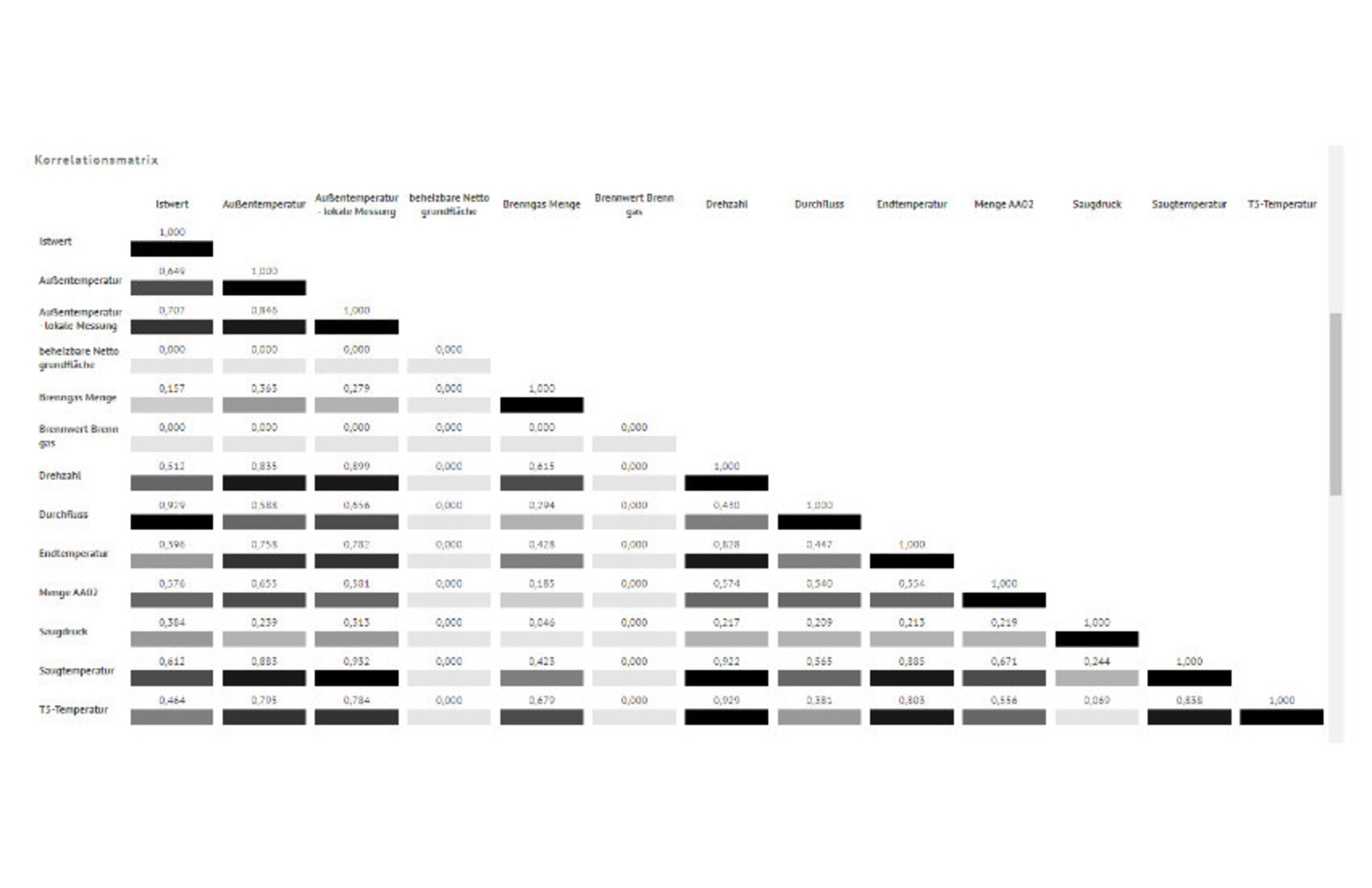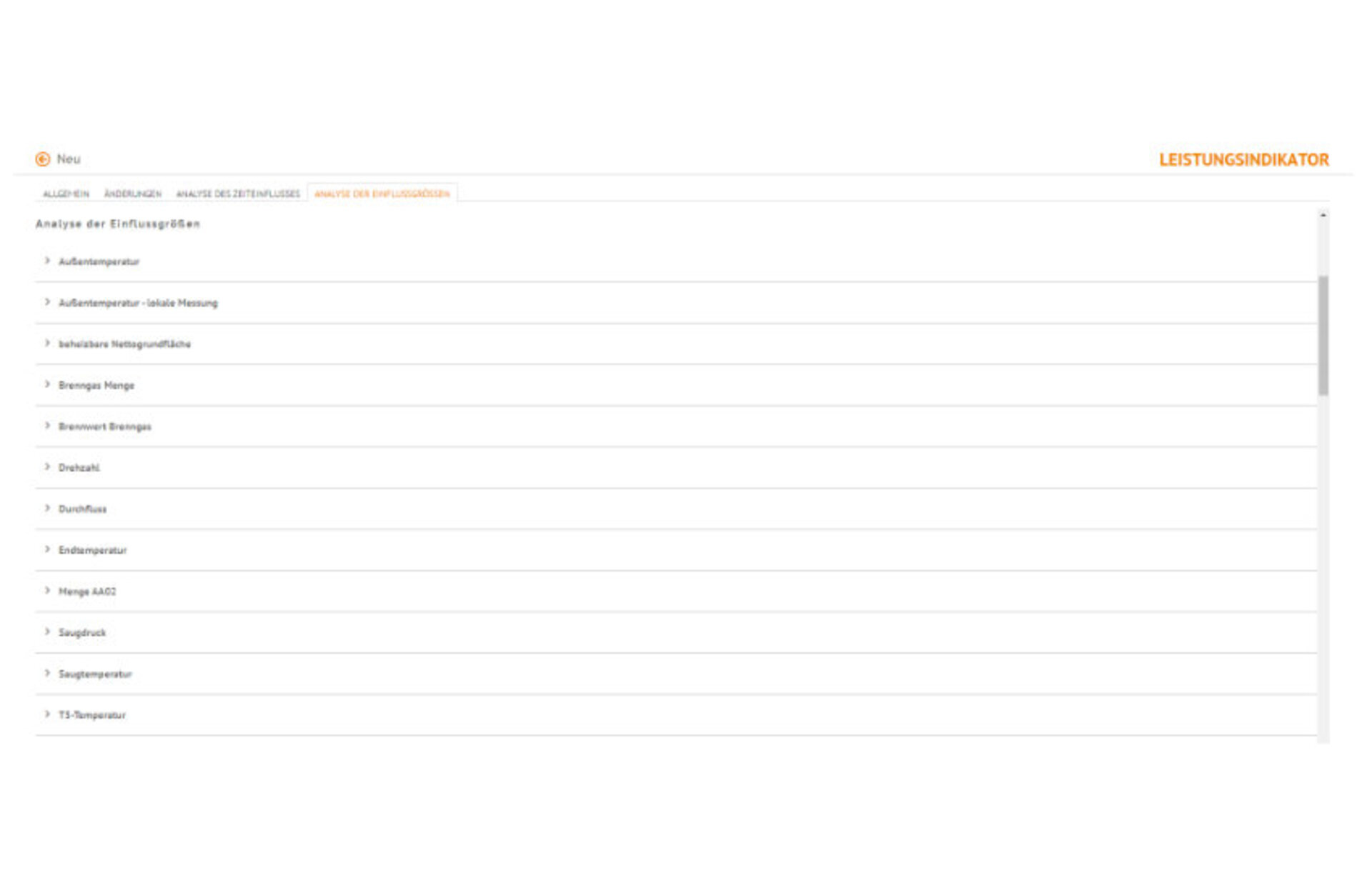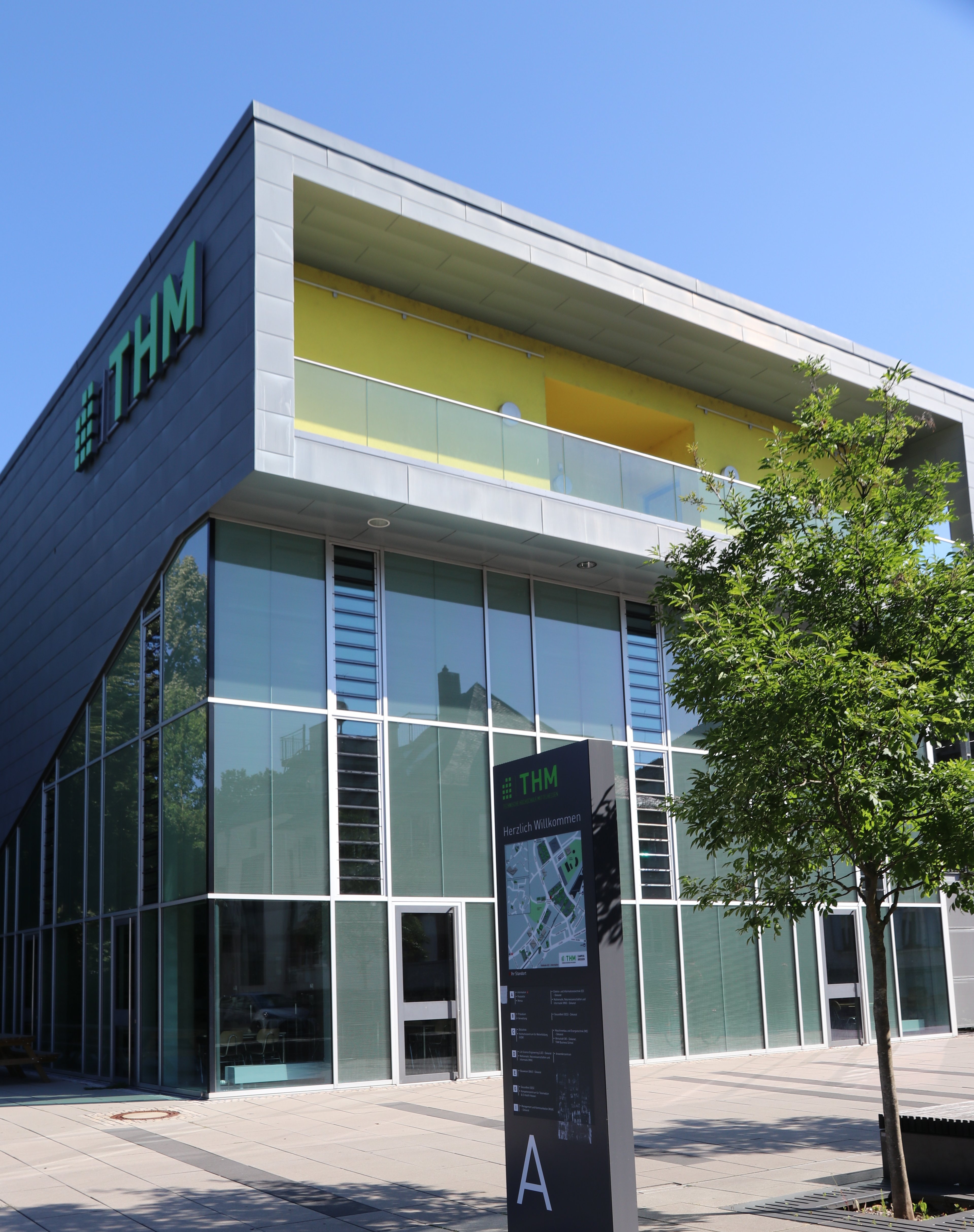Energy management according to DIN EN ISO 50001
The goal of energy management according to DIN EN ISO 50001 is to increase energy-related performance. In addition, DIN ISO 50003 was published in 2016: "Energy management systems – Requirements for bodies providing audit and certification of energy management systems". Since then, organisations want to be certified according to DIN EN ISO 50001 have been required to demonstrate that their energy-related performance has been increased.
What is energy-related performance?
In most cases, energy-related performance is equivalent to energy efficiency, as the yield of e.g. a produced number of units in relation to the energy used. As long as the general conditions remain the same, an improvement in energy efficiency can easily be seen in the consumption. If parking lot lighting is always switched on at the time of the calculated sunset and switched off again at the time of the calculated sunrise, two years can be directly compared – unless there is a leap year. If there is only one significant factor influencing energy consumption (e.g., the number of identical workpieces produced), a quotient (workpieces per kWh) is helpful – at least as long as there is no basic consumption that is independent of capacity utilisation.
Complex determination of energy efficiency
Especially in the industrial environment, however, the relationships are usually much more complex. Different products, different raw materials and a variety of external conditions such as outside temperature often have a significant influence on energy consumption. Without taking all these influencing variables into account, you cannot make any useful statements. Even in the administrative area, it will be difficult in many places in 2020 to make simple comparisons with previous years. Due to pandemic-related work in the home office, a key figure such as electricity consumption per employee loses its significance. It is therefore not possible to assess whether the new lighting has actually saved as much energy as was calculated.
How do you best evaluate energy efficiency?
You can make an accurate assessment of the development of energy efficiency by using suitable energy performance indicators (EnPIs for short) and, above all, well-founded energy baselines (EnBs for short). The energy baseline is a quantitative reference point that serves as the basis for comparing energy-related performance. A detailed description of the approach can be found in ISO 50006 "Energy management systems — Measuring energy performance using energy baselines (EnB) and energy performance indicators (EnPI) — General principles and guidance". Although the standard opens up several possibilities for achieving the goal, one option is very popular among experienced energy managers: multidimensional regression.
Prerequisites for multidimensional regression
The prerequisite is that historical measurement data are available for a sufficiently long period of time for both the target variable, i.e. the actual measured value (e.g. electricity consumption of machine x or hall y), and for as many influencing variables as possible. The resolution of the measurement data should be sufficiently high, for example in the form of ¼-h or daily values. In this way, the assessment of the current values can be carried out in a timely manner. Influencing variables can also be represented by indirect measured values: If, for example, no finely resolved figures are available for the exact production quantity, the number of forklift hours can instead provide an indication of how many pallets of finished product were removed on a given day.
Statistical methods can now be used to determine the correlation between each individual influencing variable and the target variable – but also the correlation between the individual influencing variables. In this way, the relevant influencing variables are identified. In the next step, a formula is determined that describes how the expected energy consumption can be calculated from the given values of the relevant influencing variables. Expected in the sense that this consumption would have occurred during the reference period, from which the series of measurements used in determining the formula originate, if the new values of the influencing variables were available.
Such a formula can serve as an energetic baseline. For each period under consideration – e.g. one day – you can use it to calculate the consumption that would occur with the same energetic performance if all influencing variables were known.
How you benefit
So much for the theory. In practice, many energy managers use Microsoft Excel to analyze the influencing variables and find the reference formula. For this purpose, they use the functionality integrated in the spreadsheet software. The procedure there is called OLS-Fit (Ordinary Least-Square Fit) - the coefficients of the influencing variables are chosen in such a way that the square of the deviations of the reference formula from the measured values becomes minimal.
Users of IngSoft InterWatt have long saved themselves the trouble of copying data back and forth. Instead, they use a one- or two-dimensional regression directly in the software to calculate an energetic baseline. This then serves as the basis for a timely ongoing comparison with the current measured value. In doing so, IngSoft InterWatt also recognizes different operating states based on schedules or measured values and treats them separately.
Multidimensional regression further developed
With Release 20, the toolbox for EnPIs integrated into the software has become even more powerful: In addition to multidimensional regression for the influencing variables selected by the user, advanced regression algorithms such as RIDGE and LASSO are then also available.
In LASSO regression, for example, the software automatically selects the influencing variables and reduces their number, if possible and reasonable. The formula found in this way is then closer to reality: on the one hand, the actual influence of an influencing variable can be read from the formula. On the other hand, the formula found in this way for the reference value is less susceptible to outliers in the case of influencing variables. While OLS also finds the best possible fit for the reference period, the RIDGE regression usually finds a solution that is closer to reality even for future values. If a solution can be found which has fewer parameters due to the partial omission of interdependent influencing variables, then the so-called overfitting is avoided: The function fits optimally to the values in the reference period, but is further away from reality at other times.
Thus a "one touch" multidimensional regression becomes reality. The IngSoft InterWatt user does not need to change the tool and gets an energetic starting point even for complex contexts, which takes into account all relevant measured influencing variables – and delivers more accurate results than conventional OLS regression due to advanced algorithms. Thus, you can rely on timely and automatic realistic statements on the development of energy-related performance.
But even those users who dislike trusting a black box will find new helpful features in Release 20 of IngSoft InterWatt. For example, the software automatically creates a correlation matrix from which statistically savvy users can extract the information they need to identify the relevant influencing variables themselves.




